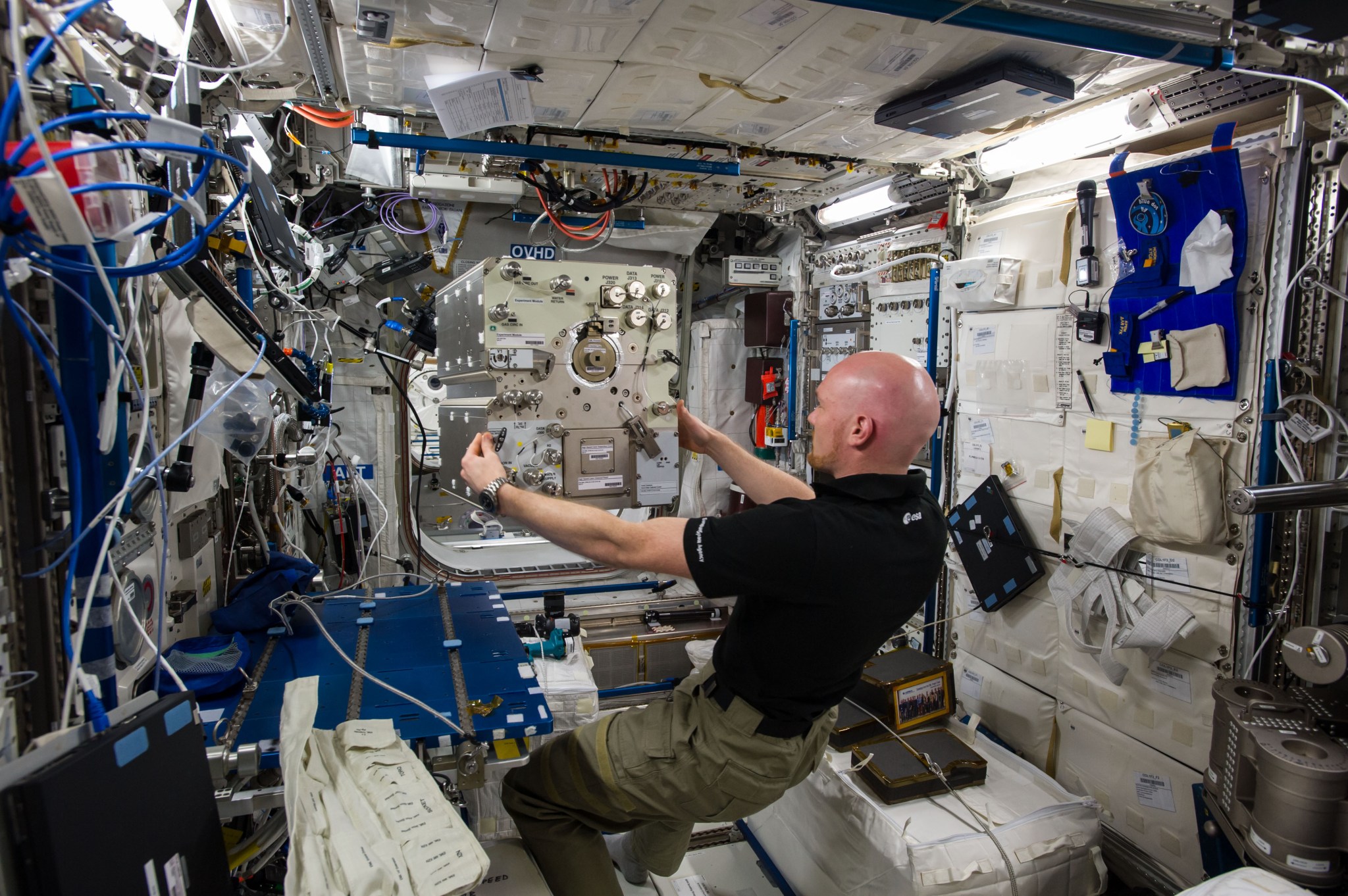
Engineers at NASA's Jet Propulsion Laboratory in Pasadena, California, this week commanded the agency's Curiosity rover to switch to its second computer. The switch will enable engineers to do a detailed diagnosis of a technical issue that has prevented the rover's active computer from storing science and some key engineering data since Sept. 15.
Like many NASA spacecraft, Curiosity was designed with two, redundant computers -- in this case, referred to as a Side-A and a Side-B computer -- so that it can continue operations if one experiences a glitch. After reviewing several options, JPL engineers recommended that the rover switch from Side B to Side A, the computer the rover used initially after landing.
The rover continues to send limited engineering data stored in short-term memory when it connects to a relay orbiter. It is otherwise healthy and receiving commands. But whatever is preventing Curiosity from storing science data in long-term memory is also preventing the storage of the rover's event records, a journal of all its actions that engineers need in order to make a diagnosis. The computer swap will allow data and event records to be stored on the Side-A computer.
Side A experienced hardware and software issues over five years ago on sol 200 of the mission, leaving the rover uncommandable and running down its battery. At that time, the team successfully switched to Side B. Engineers have since diagnosed and quarantined the part of Side A's memory that was affected so that computer is again available to support the mission.
"At this point, we're confident we'll be getting back to full operations, but it's too early to say how soon," said Steven Lee of JPL, Curiosity's deputy project manager. "We are operating on Side A starting today, but it could take us time to fully understand the root cause of the issue and devise workarounds for the memory on Side B.
"We spent the last week checking out Side A and preparing it for the swap," Lee said. "It's certainly possible to run the mission on the Side-A computer if we really need to. But our plan is to switch back to Side B as soon as we can fix the problem to utilize its larger memory size."
For more about Curiosity, visit:
For more about NASA's Mars program, visit:
News Media Contact
Andrew Good
Jet Propulsion Laboratory, Pasadena, Calif.
818-393-2433
andrew.c.good@jpl.nasa.gov
2018-228
from News and Features https://ift.tt/2zQFr2l
via IFTTT


No comments:
Post a Comment